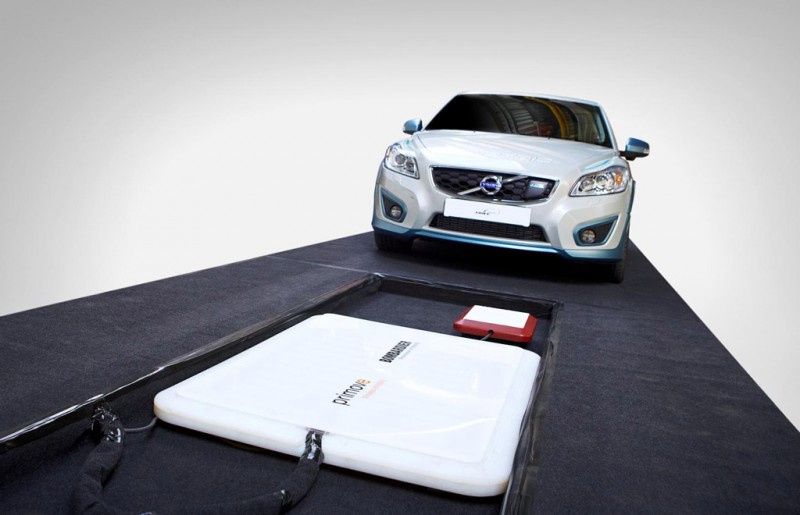Wireless charging for electric vehicles is something that has been touted as the next revolutionary step in electric vehicles, taking away the need to tiresomely plug in your vehicle at home or when on the go.
Dr. Faical Turki, head of R&D at Paul Vahle Gmbh believes the technology has come of age due to several important steps forward.
Wireless charging is nothing new and indeed can be traced back to the days of Tesla and Edison. We often take it for granted on products such as electric toothbrushes and more recently mobile phones too.
The methodology is relatively simple as Dr. Turki explains:
“The simplest way to transfer energy wirelessly is to generate a magnetic field between two coils – a primary coil in the power source such as a garage charging point and a secondary one on an electric car. When the two coils move into range, the process begins automatically.”
There’s no fear of electric shock either as the distance the two parts need to be requires close proximity and if the second magnetic field doesn’t exist, i.e. the car is driven away, then the electric field doesn’t exist and is therefore safe. However, there is a requirement for circuit breakers to be installed upon detection of someone nearby since magnetic fields have been known to interfere with pacemakers.
Several companies are working toward solutions to wireless charging for those who own a plug-in electric or hybrid vehicle, most notably Qualcomm who’s Halo system has already seen major testing and real world use trials and on the world electric land speed record holding (sub 1000kg) Drayson electric car which went more than 200mph. Other companies such as the UK’s Chargemaster have been working on a wireless charging plate that plugs into pre-existing electric car charge point sockets enabling owners to upgrade their already existing equipment. Other companies such as Volvo, Toyota, Delphi and Daimler-Benz have all been trialling several different ideas for charging electric powered vehicles, wireless being the principle interest. Following on from the collaboration between Drayson and Qualcomm, Drayson announced the founding of a new company, Drayson Wireless Limited in April 2014 specifically to seek the commercialisation of wireless energy technology.
The main reason why Dr. Turki believes the technology has come of age is that semiconductors and transistors are a fraction of the price they once were. With the influx of plug-in vehicles to the market, now seems like a great time and opportunity to introduce wireless charging as the next step for electric powered vehicles.
Of course, there are many hypotheses about how it should best be put to use. Should wireless charging units merely be at individual owners homes so they park over a pad or in-built floor charging mat negating the need to plug-in? Or, should there be major road constructions in urban areas that everyone with a compatible vehicle could benefit from? The likelihood of the latter is unfortunately not very, though the premise for the idea could be adopted by company offices or in car parks.
Paul Vahle Gmbh are currently working with Hella, a well known automotive supplier, to bring out their vision of wireless electric charging and are also working on electric cars’ potential to be used as renewable storage units.
With all these different companies already working on bringing wireless charging to electric powered vehicles, it seems only a matter of time before it becomes a mainstream technology that we can all enjoy. Although plugging in a vehicle is the simplest method of charging, and perhaps the safest too, wireless charging will open electric vehicles to more users since it’s effortless and, after all, that tends to be something we all want.
Dr. Turki will be speaking at this year’s CWIEME in Berlin from 24 until 26 June about the importance of wireless charging for electric powered vehicles.
For more info on the event, see their website: www.coilwindingexpo.com/berlin

